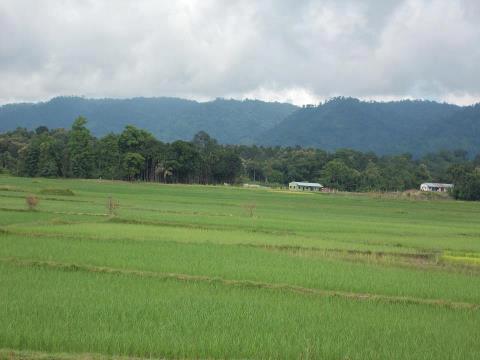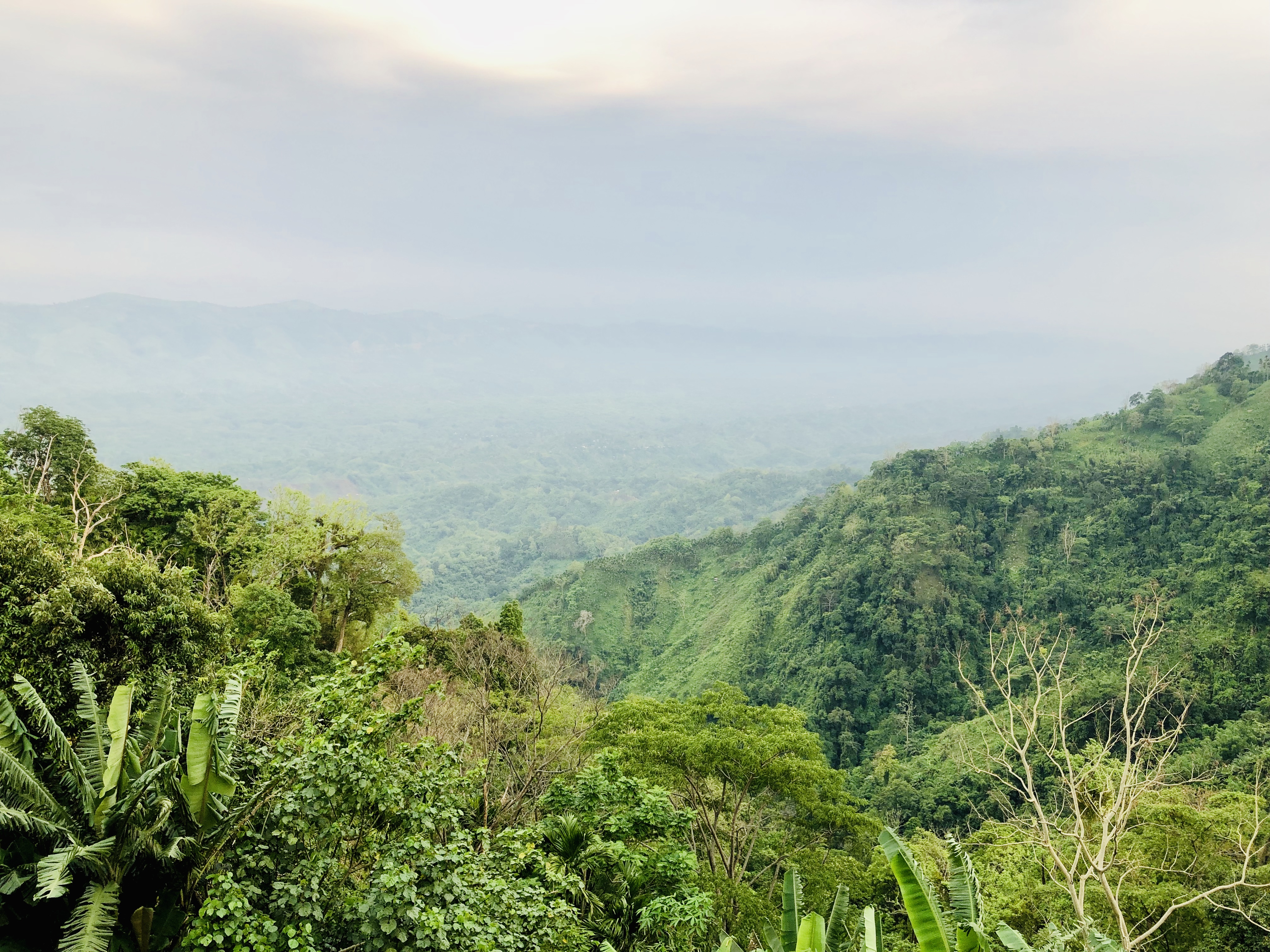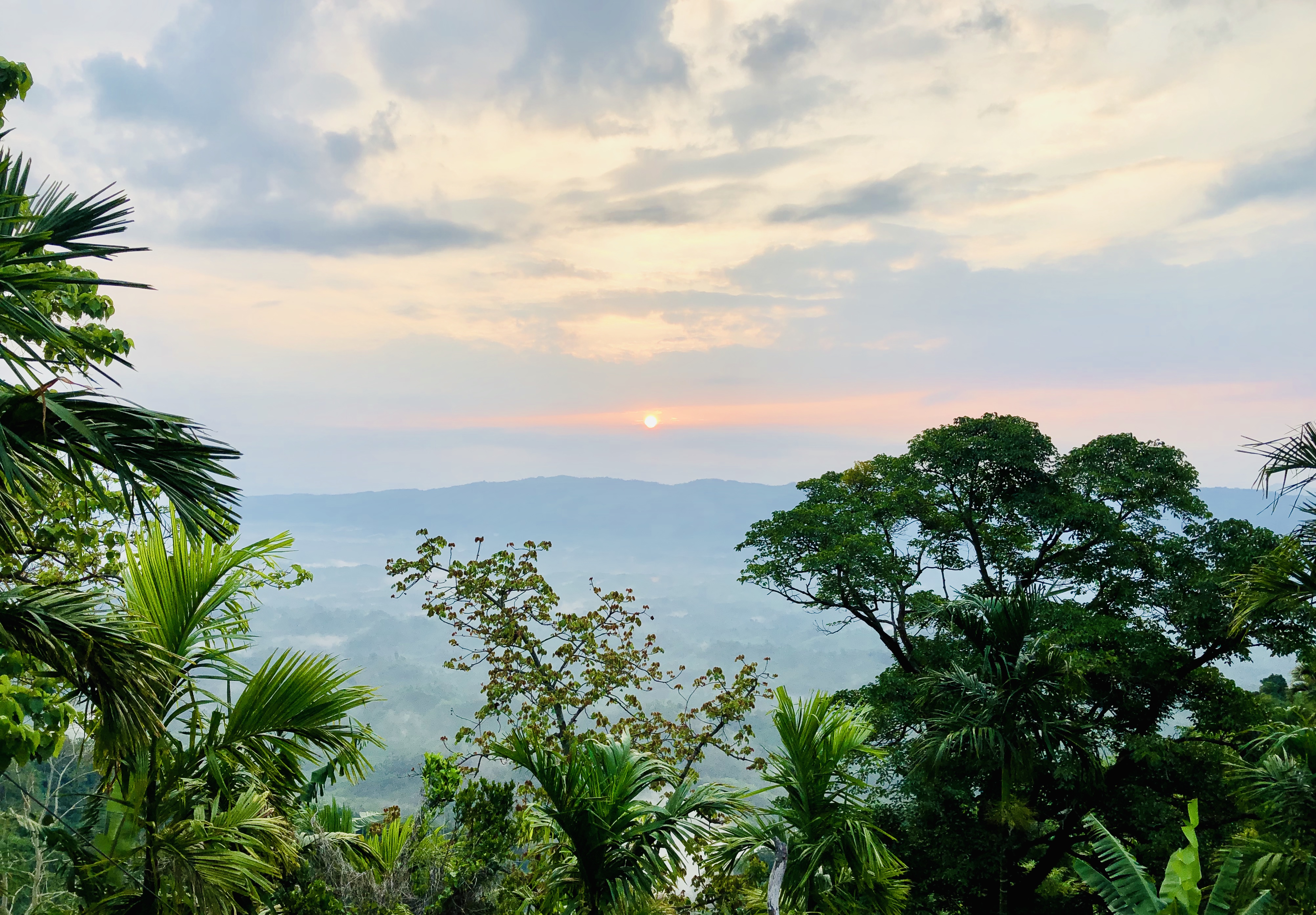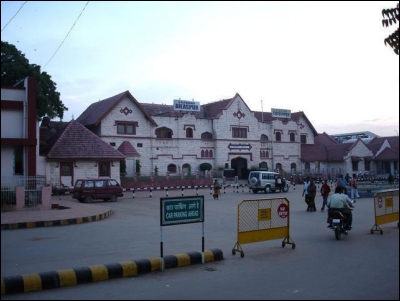Jampui Hills represents a remarkable landscape where natural beauty intertwines with rich cultural heritage. Nestled in North Tripura, this hill range offers a unique glimpse into the historical narrative of the Mizo community, who have inhabited these lands since the 16th century. The region's ecological diversity is matched only by its profound socio-cultural significance.
The hills are characterized by their distinctive geographical features, including expansive orchid farms, tea plantations, and previously thriving orange groves. Although orange cultivation has declined due to fungal infections, the agricultural landscape continues to evolve, with farmers adapting by shifting to areca-nut production. This agricultural transformation reflects the resilience of the local community.
The Mizo inhabitants, primarily Christian, have shaped the cultural landscape through their distinctive architectural and social practices. Traditional houses, once built on stilts and wooden pillars, have gradually transformed into modern concrete structures that harmoniously blend with the natural environment. The beautiful churches dotting the landscape serve not just as places of worship but also as architectural testaments to the community's spiritual and aesthetic sensibilities.
Climatically, Jampui Hills offers a unique meteorological experience. During the rainy season, clouds form at the foot of the hills, creating an ethereal landscape where visitors feel suspended amidst misty panoramas. The sunrise and sunset views from various viewpoints provide breathtaking visual spectacles, offering panoramic vistas of surrounding valleys and Mizoram's picturesque villages.
The historical narrative of Jampui Hills is deeply rooted in migration patterns and cultural interactions. The Mizos, who originally migrated from the Lushai Hills, were later recognized as the Halam community by the Maharaja of Tripura. Notable chiefs like Sibuta, mentioned in historical records such as the Rajmala, played significant roles in shaping the region's sociopolitical dynamics during the 17th and 18th centuries.
The area's tourism potential has been increasingly recognized by the Tripura government, which now offers package tours from Agartala. The Eden Tourist Lodge in Vanghmun village provides modern amenities, while local residents offer unique "Paying Guest" experiences. This developing tourism infrastructure allows visitors to experience the region's natural beauty and cultural richness firsthand.
Contemporary Jampui Hills represents a delicate balance between preserving traditional practices and embracing modern developments. The Lushai people, a sub-tribe of the Mizo community, continue to maintain their distinctive lifestyle and language, ensuring that their cultural identity remains vibrant and authentic. Their ability to adapt while maintaining core cultural elements makes Jampui Hills a fascinating destination for cultural enthusiasts and nature lovers alike.







